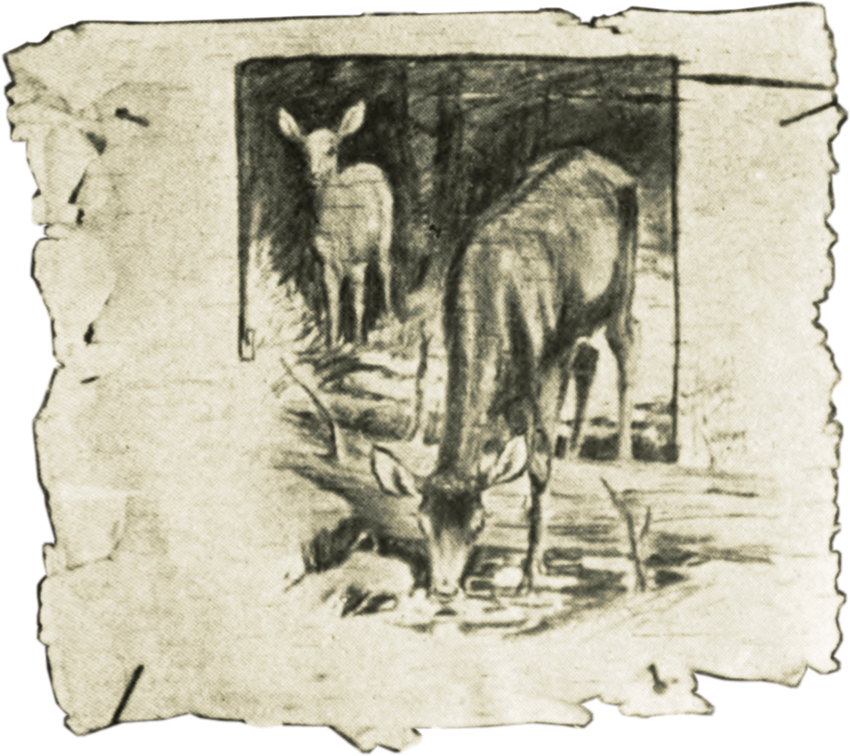Alone in the Wilderness is the memoir of Joseph Knowles, chronicling his 40 day stay in the woods in Maine which he undertook naked save a loincloth, without any survival equipment whatsoever. An astonishing tale dotted with perilous encounters with bears and wildcats, Knowles breaks up his account with stories from his life and some of his musings on modern living in 1913. As you continue through the book you might end up wondering whether the book isn’t all it seems to be…
My thoughts on the book fluctuated as I began and finished the first third. I began bewildered and amazed by just how tough Knowles seemed to be, even compared to the most extreme adventurers of that time. I have read quite a few books from the turn of the century or before by adventurers and outdoorsmen who survived some truly amazing events. Woolen garments, cast iron equipment, lacking nutrition and very basic or non-existent maps all made for what must have been a pretty hellish experience. Knowles, though, seems to be a cut above them all; wandering into the forest naked without so much as a knife with a plan to survive for 40 days, and all on the whim of a bet made in a bar. That is a daunting task even for the most experienced bushcrafter when alone, it would surely be the test of his life.

Early in the book Knowles writes of his experiences growing up in the forest in Maine near where he enters the woods to begin his task. While giving no specifics, Knowles hints that some of the techniques he learned from his mother during childhood will help him to not just survive, but thrive in the wilderness during his stay. His stories about his childhood certainly gave the impression that he has been tempered to endure this sort of test from the very beginning.
“I didn't feel the hunger so keenly now, and as I walked along it came into my mind that I had heard that a man could go nine days without eating. Already I had been away from home three days. It would take two more to reach Wilton, which would leave four more before I actually starved to death, I figured.”
- Joseph Knowles
He speaks of and approaches the whole adventure in a casual manner, spending the first few nights without fire, pacing to keep warm and not sleeping at all. Fashioning shoes and trousers from bark with ease, he seems to find living in the woods as easy as living in a city.
As I read on, I did start to wonder whether some of the things he claimed to have done were actually physically possible. I began to wonder whether even Ray Mears with a full support crew could dig a pit, trap a bear and beat it to death with just a tree limb in the space of four days with no tools. Knowles continued that he had used his “bow and arrow” to shoot a large number of partridges without much effort at all. This was when alarm bells really started ringing for me, it would surely take a fortnight if not more for an experienced bowyer to find and knapp flint for tools, make the tools, find suitable wood, fashion a bow, make the twine to string it, prepare the arrow shafts and heads, find feathers and fletch the arrows, let alone hunt and shoot accurately enough to kill a wild animal. He had done all this on top of making several fires, a lean to shelter, clubbing a bear to death and spear fishing trout in his first two weeks?

I immediately turned to Google to find some answers and do some research on this bushcrafting superhero. Sadly, from what I can find on the internet, it seems Joseph Knowles was at best a serial embellisher, and at worst (more likely) a con man out to make a quick buck, one of many making a dubious claim in a period when daring feats of endurance were all the rage.
I enjoyed reading Alone in the Wilderness; even though I learned the true story halfway through. Knowles’ writing style definitely has that enticing twang of an old man whose tales probably feature fish twice their actual size, and there are some great (heavily inspired by Emerson) quotes and musings on being outdoors. Ultimately, the unverifiable stories and questionable claims do mean that the story surrounding the inception of the idea and creation and release of the book are more interesting that the book itself.
“As I made my way down to the spring early that morning I knew it was Sunday morning, and the thought came to me of how little churches would be needed if everyone knew and understood nature. Nature is, in truth, a religion in herself.”
- Joseph Knowles
I’d definitely recommend reading the incredible story of Joseph Knowles and the events surrounding the release of the book, but I’d recommend reading a version written by someone other than the man himself. Really though, the book isn’t a bad read if you are still curious after that, the notes from Knowles’ friend, freelance writer Michael McKeogh, which apparently formed the basis of the story, did result in a well paced and eventful tale.
One thing is for certain, he could definitely draw well with charcoal, even if it was from the comfort of a well furnished log cabin.

Alone in the Wilderness is available for free as an ebook or PDF from Archive.org